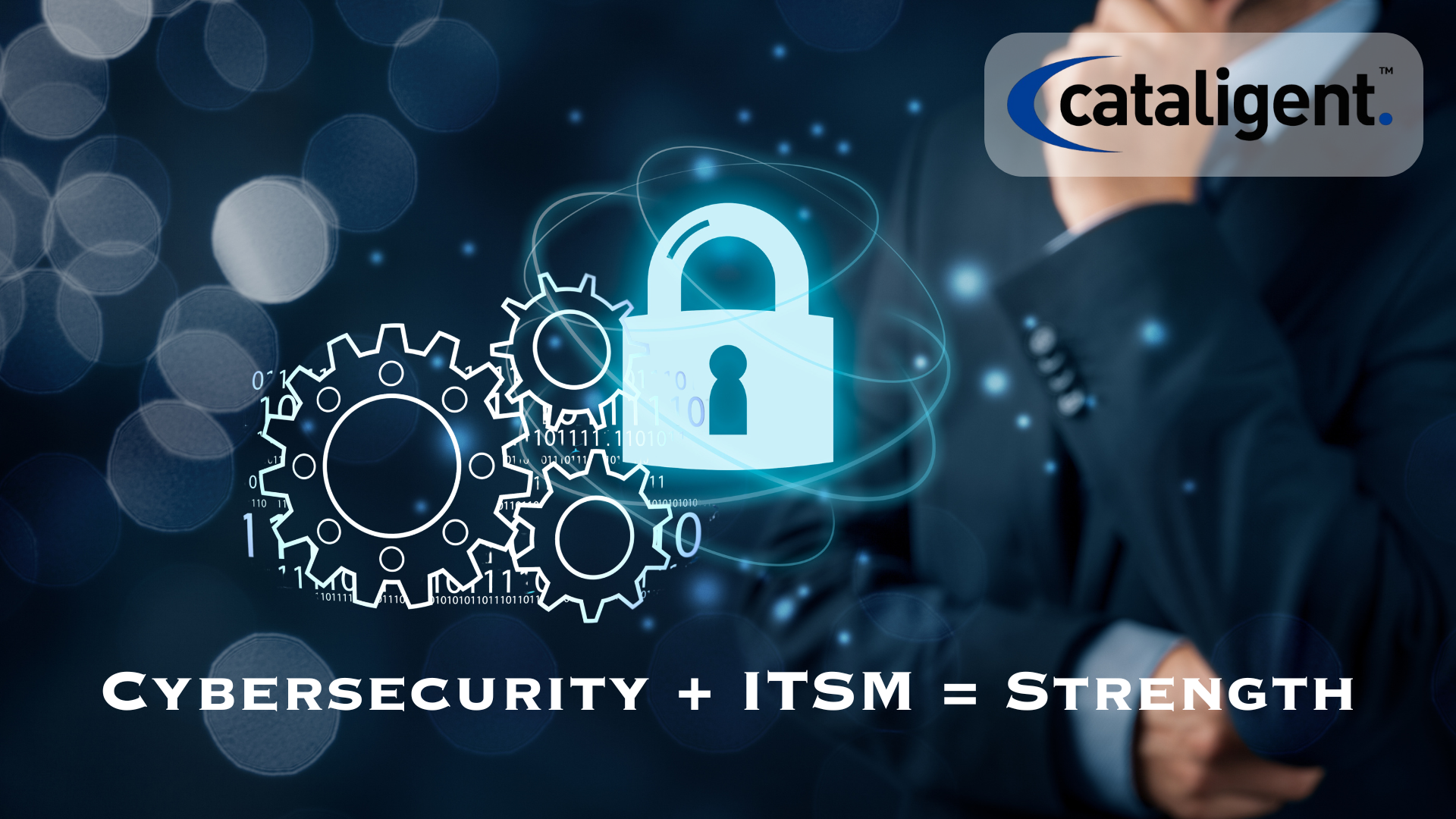Introduction
In today’s digital-first landscape, organizations face increasing pressure to protect their data, systems, and operations from evolving cyber threats. As cybersecurity becomes a critical component of business continuity and resilience, its integration with IT Service Management (ITSM) is essential. The alignment of ITSM and cybersecurity enables organizations to deliver secure, reliable, and efficient IT services while minimizing risk. This article explores how these two disciplines can work in harmony to strengthen overall IT performance and safeguard digital assets.
Understanding the Connection Between ITSM and Cybersecurity
ITSM provides a structured framework for managing IT services, including incident management, change control, asset management, and service desk operations. Cybersecurity, on the other hand, focuses on protecting IT systems from threats such as malware, data breaches, and unauthorized access.
By integrating cybersecurity into ITSM processes, organizations can:
- Improve incident detection and response
- Ensure secure change management
- Protect IT assets throughout their lifecycle
- Enhance compliance and audit readiness
The synergy between ITSM and cybersecurity creates a proactive, unified approach to IT operations and risk management.
Key Areas of Integration
1. Incident Management
Cybersecurity incidents, such as data breaches or phishing attacks, must be addressed swiftly to minimize impact. ITSM provides a robust process for logging, categorizing, and resolving incidents.
Benefits of integration:
- Automated alerting and ticket creation from security tools
- Faster incident triage through ITSM workflows
- Improved root cause analysis and reporting
2. Change Management
Unauthorized or unvetted changes can introduce vulnerabilities. A mature change management process in ITSM ensures that all modifications are assessed for security implications before implementation.
Best practices:
- Include security teams in change advisory boards (CABs)
- Conduct risk assessments as part of change evaluations
- Track changes for audit and compliance purposes
3. Asset Management
ITSM’s IT asset management (ITAM) tracks the lifecycle of hardware and software, which is essential for effective cybersecurity.
Key benefits:
- Visibility into software versions and patch status
- Identification of unauthorized or outdated devices
- Easier enforcement of security policies
4. Configuration Management
A configuration management database (CMDB) offers a centralized view of infrastructure and service relationships. Integrating security data into the CMDB enhances threat detection and impact analysis.
Benefits:
- Mapping vulnerabilities to specific systems
- Prioritizing remediation based on service criticality
- Supporting compliance with data protection regulations
5. Service Request Management
Integrating security controls into service request workflows ensures that access and resource provisioning follow established security guidelines.
Examples:
- Enforcing multi-factor authentication for new accounts
- Automating approval workflows for privileged access
- Tracking security training completion before granting access
Shared Tools and Platforms
Modern ITSM and cybersecurity tools often offer integration capabilities to streamline processes and data sharing. Examples include:
- SIEM (Security Information and Event Management) systems integrating with ITSM ticketing platforms
- Automated security alerts creating service desk incidents
- Shared dashboards for visibility into performance and security metrics
Popular platforms such as ServiceNow, Jira Service Management, and BMC Helix support cybersecurity-ITSM integration through APIs and built-in modules.
Benefits of a Unified Approach
Combining ITSM and cybersecurity offers numerous organizational benefits:
Enhanced Incident Response
Teams can respond faster and more effectively to both operational and security incidents with a unified process and shared tools.
Improved Compliance and Audit Readiness
Integrated processes simplify documentation and reporting, supporting compliance with regulations such as GDPR, HIPAA, and ISO 27001.
Reduced Risk Exposure
Proactive identification and mitigation of vulnerabilities through change control and asset tracking minimize the attack surface.
Better Resource Allocation
Unified data helps prioritize risks and allocate IT and security resources more efficiently.
Continuous Improvement
Shared metrics and post-incident reviews enable continuous process improvement across IT and security operations.
Challenges to Integration
Despite the benefits, organizations may face obstacles when integrating ITSM and cybersecurity:
- Siloed teams with different goals and communication styles
- Legacy systems that lack integration capabilities
- Cultural resistance to change and collaboration
- Complexity in aligning frameworks and compliance requirements
Overcoming these challenges requires executive support, cross-functional collaboration, and investment in modern tools and training.
Best Practices for Integration
To successfully align ITSM and cybersecurity:
- Establish a cross-functional team to drive integration efforts
- Align both disciplines under a common governance framework
- Use automation to reduce manual handoffs and delays
- Maintain clear documentation for incident and change processes
- Foster a security-first culture across the IT organization
Future Outlook
As cyber threats grow more sophisticated, the convergence of ITSM and cybersecurity will become a necessity, not a choice. Future trends include:
- Increased use of AI and machine learning in threat detection and service management
- Cloud-native ITSM solutions with built-in security features
- Enterprise Service Management (ESM) models incorporating security for non-IT departments
Organizations that proactively integrate ITSM and cybersecurity will be better positioned to protect their assets, respond to threats, and ensure business continuity.
Conclusion
ITSM and cybersecurity are powerful individually, but together they form a comprehensive approach to IT governance, risk management, and service excellence. By embedding security into every ITSM process—from incident management to asset tracking—organizations can create a more resilient, secure, and efficient IT environment. The path forward lies in collaboration, integration, and a shared commitment to protecting the digital enterprise.

